“This is the most serious problem within Protestant Christianity that I’ve seen in my lifetime.”
Pastor Derek Kubilius, vicar of Uniontown United Methodist Church in Uniontown, Ohio, shared these cautionary words with Vice Magazine back in October 2021. Kubilius hosted Crossover Q, a now-defunct podcast that aimed to prevent the spread of QAnon conspiracies among evangelical Christians. Despite the prevalence of issues like child trafficking, poverty, violent crime, drug abuse, family disintegration, and moral decline, Kubilius believed QAnon was “the most serious problem within Protestant Christianity” in his lifetime.
Q (as QAnon was called) originated sometime in 2017. Supposedly, an insider within the Trump administration who had “Q clearance,” a high level security clearance, began anonymously posting info to 4chan, an English-language imageboard. The posts, called “Q drops,” consisted of an amalgam of conspiratorial claims, mostly centering around the belief that “President Donald Trump [was] waging a shadow war against a cabal of Satan-worshipping, child-eating pedophiles who [were] conspiring to obstruct and overthrow him.” A fringe following began, soon fueled by media reports of crazed “alt right” devotees with cultish allegiance. It wasn’t long before evangelicals were indicted in these claims.
The reportage was emphatic:
- Will Christian America Withstand the Pull of QAnon?
- Evangelicals need to address the QAnoners in our midst
- Is QAnon the new Christian right? With evangelicals fading, a new insanity rises
- Why QAnon has Attracted So Many White Evangelicals
- QAnon conspiracies infect American churches
- Why So Many Evangelicals are Susceptible to QAnon Craziness
- QAnon has merged with white Christian evangelicals, experts say – and the results could be lethal
- Survey Finds Wide Acceptance Of QAnon Ideas Among Evangelicals
The assertion that evangelicals were disproportionally susceptible to QAnon, and other potentially dangerous conspiracy theories, was a repeated claim made by legacy media and many evangelical influencers. However, the claims made me curious.
I’m an active participant in an 8,000+ member SoCal mega-church. As an ordained minister and former pastor, I travel in many religious circles and have lots of friends in ministry. However, at that time, I’d never even heard of QAnon; I didn’t know a single person who claimed to believe in Q nor did any of my ministerial friends ever confess to having a problem with the spread of QAnon in their church. So the claims that the evangelical church was overrun by rampant Q infestation left me not a little dubious.
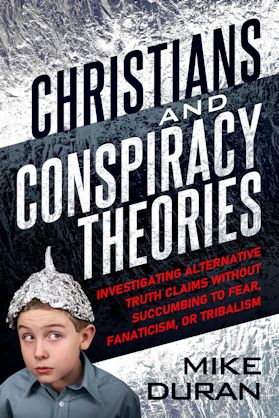
It led to some investigation on my part. As a result of that research, I wrote Christians & Conspiracy Theories: Investigating Alternative Truth Claims without Buying in to Fear, Fanaticism, or Tribalism. What I eventually discovered was that much of the data being cited to corroborate the claim of evangelical Q adjacency was sloppy and quite exaggerated.
For example, defining exactly what Q adherents believed was all over the map. Take the Southern Poverty Law Center which described Q as an “umbrella term for a sprawling spiderweb of right-wing internet conspiracy theories with antisemitic and anti-LGBTQ elements.” Some saw the network as a “rebranded Nazi cult,” while others believed that “QAnon-linked beliefs have inspired violent acts and have eroded trust in democratic institutions and the electoral process.” Beliefs as far-fetched as that President Joe Biden was “a malfunctioning robot disguised as a human” and that “lizard people control the world” were even attributed to Q followers. The ADL (Anti-Defamation League) described the incorporation of numerous conspiracies into Q as a “kitchen sink approach.”
This convolution of multiple claims and theories prompted the BBC News to admit “there are so many offshoots, detours and internal debates that the total list of QAnon claims is enormous—and often contradictory.”
Further compounding my suspicions about the claims were the ambiguous analytics often attached to such findings. For example, detailed polling forced one author at Wired magazine to admit that “only a fraction” of those labeled QAnon adherents actually believe the group’s most outlandish claims. In QAnon Supporters Aren’t Quite Who You Think They Are, Gilad Edelman wrote,
Until now, polling on QAnon has generally gone no further than asking people how they feel about the movement. This left unexplored what it actually means when someone says they believe in QAnon. Brian Schaffner, a political scientist at Tufts University, recently sought to find out. In September [2020], he conducted a nationally representative online poll asking respondents not just whether they support QAnon, but also whether they believe in eight specific false claims, including four that are central to the QAnon worldview. The poll was funded by Luminate and published by the Institute for Strategic Dialogue. The results suggest that most ‘QAnon supporters’ have never even heard of, let alone believe, some of the most outrageous claims associated with it. (italics mine)
At one point, the author even admitted that some data tended to “heavily overstate the level of belief” among actual Q followers.
“Most ‘QAnon supporters’ have never even heard of, let alone believe, some of the most outrageous claims associated with it.”
But not only did I learn that Q was a tangled thicket of conspiracy claims with marginally devoted adherents, but that evangelical attachment to the group was equally nebulous.
For example, an article at RNS (Religion News Service) attempted to nail down some actual numbers. In More than a quarter of white evangelicals believe core QAnon conspiracy theory, the author, using data from The Survey Center in American Life (sponsored by American Enterprise Institute, AEI), summarized
27% of white evangelicals — the most of any religious group — believe the widely debunked QAnon conspiracy theory is completely or mostly accurate.
That number was repeated incessantly across the mainstream press. However, once I began parsing the data, an entirely different picture emerged. For one, the 27% figure was based on an extremely small sample size of “white evangelicals” (343 individuals, to be exact). Of those 343 individuals, 93 (27% roughly) believed or “mostly” believed in some variation of a claim associated with Q (“Donald Trump has been secretly fighting a group of child sex traffickers that includes prominent Democrats and Hollywood elites”). It is estimated that America is home to around 100 million evangelicals. Which led me to ask, Is a survey of 343 evangelicals enough to indict 27% of 100 million evangelicals with believing in QAnon? Furthermore, in the AEI survey, even higher numbers were found in the “Not Sure” category. In fact, of the highest number of any group, 50% of “Hispanic Catholics” claimed that they were “not sure” if Pizzagate (a central Q claim) was real. Nevertheless, Hispanic Catholics were never charged with dangerous levels of Q adjacency.
Due to these and much more interesting data, I was forced to conclude that the numbers used to indict evangelicals as Q adherents were largely inflated and misapplied. (I go into much more detail in On Conspiracy Theories and Why Christians SHOULD Be Interested in Them and in my book.)
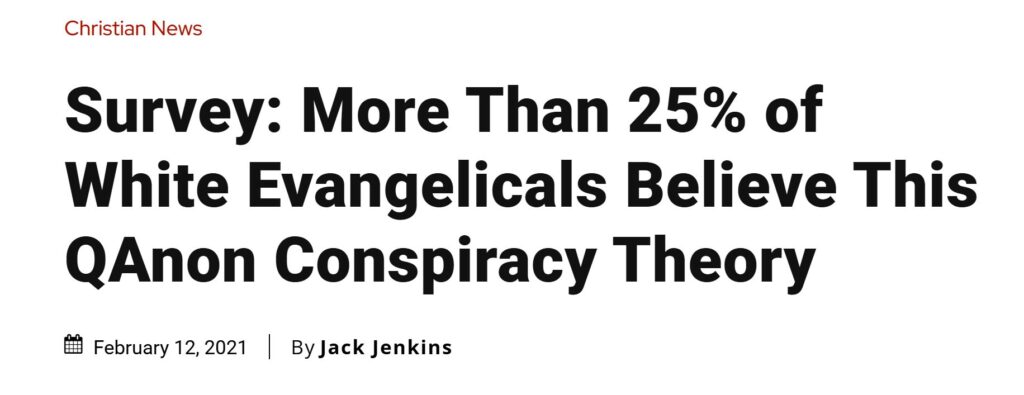
Fast-forward to 2025 and Evangelicals and QAnon are a non-issue. A simple Google search for “Evangelicals and QAnon” reveals a steeply declining address of the topic, with most links dating back to the 2020-22 period. The claim the QAnon was rampant in the Church, “the most serious problem within Protestant Christianity” in our lifetime, proved to be wildly inflated. But the exaggerated charges did more than just produce unnecessary concern — they piqued interest. I would not have even taken interest in evangelicals and Q-adjacency, much less spent a year writing a book on conspiracy theories, had the media not amplified the topic.
A similar pattern is in play today.
Take, for example, the continued decline in institutional trust. Much has been made about the decline of trust in government and science due to the pandemic. One detail often ignored in such metrics is the mainstream media’s complicity in amplifying dis/misinformation. Of course, media outlets have been in steep decline for several decades. Nevertheless, COVID accelerated the process.
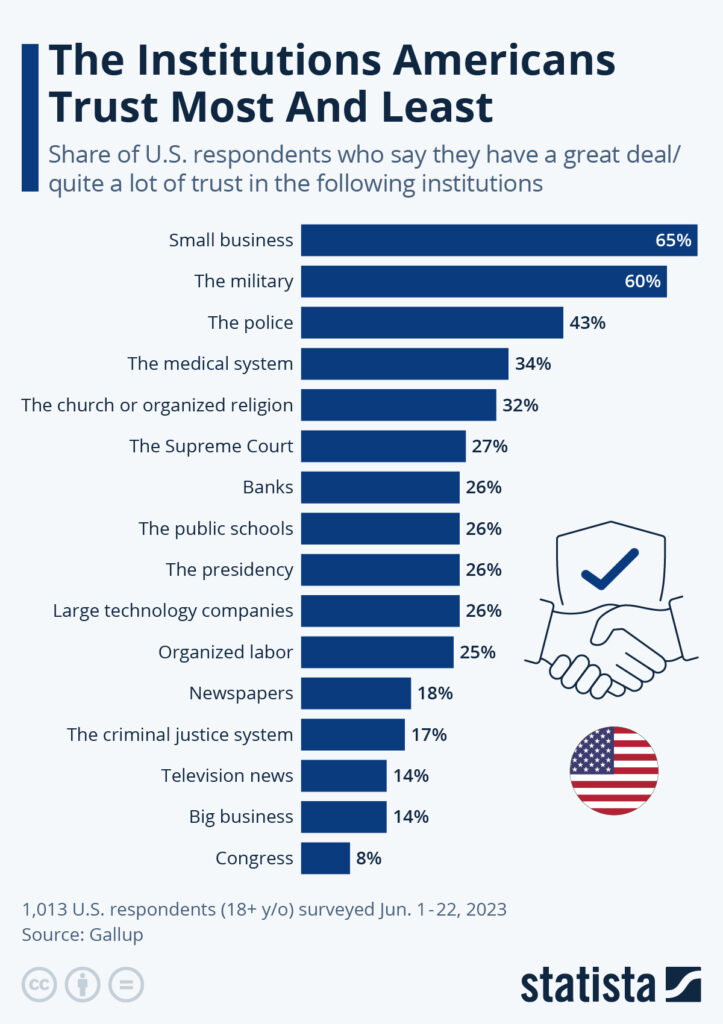
Just like the Evangelicals and QAnon claims, mainstream media outlets have continued to platform questionable and/or misleading information. Perhaps one of the best recent examples is the COVID-19 “Lab Leak Theory.”
Early during the coronavirus pandemic, speculation as to the virus’ origins were quickly squelched. Despite the fact that Wuhan, the epicenter of the outbreak, is home to the Wuhan Institute of Virology, a biosafety level 4 laboratory that is recognized as a premier research facility of coronaviruses, the medical-research establishment in Washington and London insisted that the virus had emerged naturally. The public was told that the most likely origin of the virus was a wet market in Wuhan, China. There, an animal which had been infected with COVID-19 was likely eaten or infected an unsuspecting patron. Somehow, zoological transmission occurred, causing the virus to leap from animal to human. It was the start of a global pandemic.
This quickly became the default narrative.
So resolute were the “experts” to furthering the “wet market theory” that they actively began repressing the “lab-leak theory.” Headlines and journalists across the world labelled the lab-leak theory as a “conspiracy theory.” The Guardian declared, Ignore the conspiracy theories: scientists know Covid-19 wasn’t created in a lab. Forbes added, The Wuhan Lab Leak Hypothesis Is A Conspiracy Theory, Not Science. Politifact fact-checked the claim, elevating it to “Pants-on-Fire” status, and calling it a “debunked conspiracy theory,” a claim they were forced to remove. As late as June 2022, Dr. Anthony Fauci told CSPAN that the virus leapt from “an animal host, perhaps through an intermediary host, into a human species which then spread throughout the human population.” In fact, the ex-CDC director even admitted that he received death threats for admitting he thought COVID was released from the Chinese lab. Some even went so far as to claim that the lab leak theory was racist.
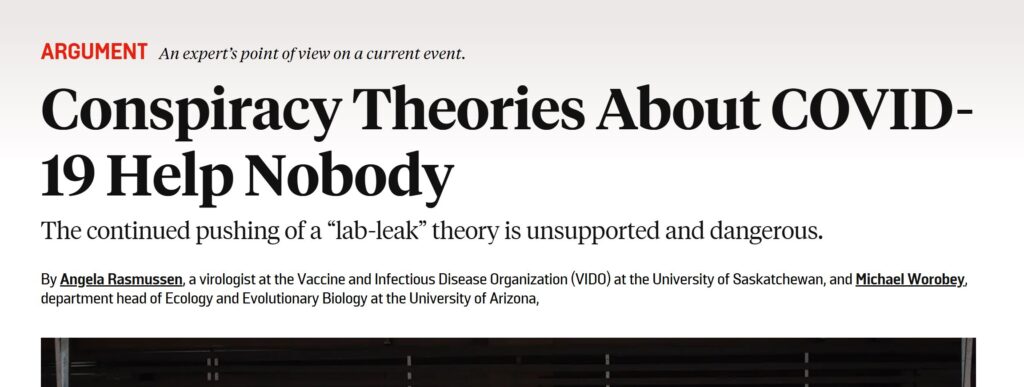
Meanwhile, social media companies and their Big Tech cohorts, like Google, Facebook, and YouTube, all censored data that insinuated the lab-leak theory. In January 2020, Facebook vowed “to limit and remove misinformation about the Wuhan coronavirus and tell you if something you shared is false.” The company banned 3,000 accounts for “vaccine misinformation” and removed over 20 million posts during the pandemic.
However, it soon became clear that the censors had been premature regarding the lab-leak theory. As highlighted in the powerful documentary What Really Happened in Wuhan, we soon learned that, after the spread of the virus, the Chinese government immediately blocked the release of information, removed its online database, refused to allow outside inspections, and some whistleblowers even vanished. Ben Lewis, in his New York Times article, Inside the ‘Misinformation’ Wars, noted how the lab-leak theory was initially labeled as “misinformation.” Yet the story began “evolving.”
Part of the “evolution” was a growing admission that the “experts” had gotten it wrong.
Eventually, the U.S. government was forced to admit that the lab-leak was the “most likely origin of the COVID pandemic.” The People’s Voice announced, The Washington Post Forced To Admit Wuhan Lab Leak Was NOT a ‘Conspiracy Theory.’ Facebook conceded that it would no longer censor claims that the virus might be man-made. While the Intercept admitted, The Lab-Leak Theory is Looking Stronger by the Day. It prompted the CIA to admit that the lab leak theory is the most likely origin of the pandemic. A congressional report on COVID-19 determined the virus likely emerged from a lab accident in China and that the U.S. government perpetrated “misinformation” by incorrectly calling the lab leak theory a “conspiracy.” All this caused one writer at The Heritage Foundation to describe the dissemination of misinformation and the censoring of data regarding COVID origins as The Lie of the Century.
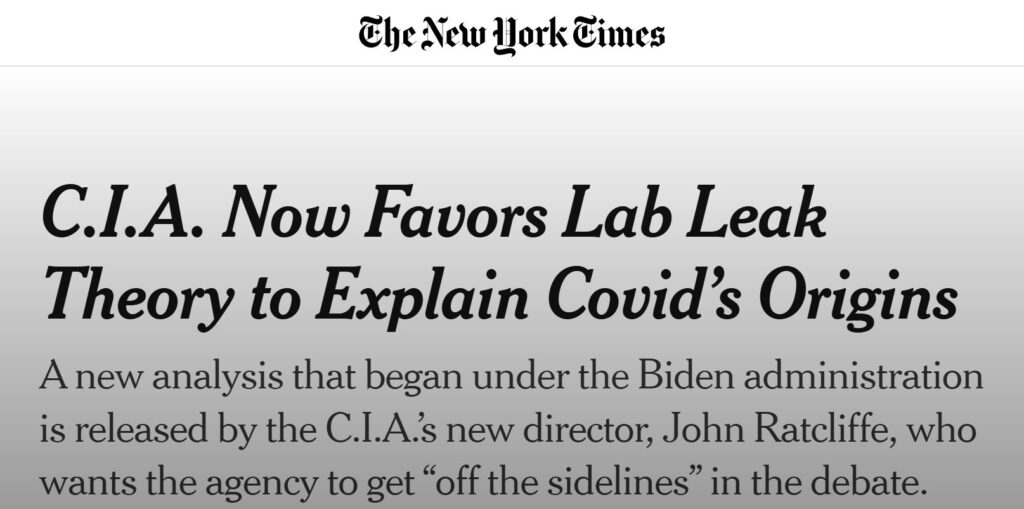
Whatever conclusion is ultimately reached regarding COVID origins, it is clear that labeling the lab-leak theory a conspiracy theory so early in the virus’ appearance was unwarranted. We simply did not have the necessary data to make such a claim. Then why were the “experts,” medical professionals, and the government so quick to do so? But perhaps an even more important question is, Why didn’t the mainstream media do its job? Why didn’t more journalists interrogate the claims being made by government and science, investigate alternative sources, fact-check data being offered, and push back when necessary? Instead, they became tools of the Establishment.
The aforementioned examples are just a sliver of the many news stories that have been misrepresented, misreported, selectively addressed, or even intentionally ignored by the mainstream press. The Hunter Biden laptop story is but another illustration of this claim. The story was regularly portrayed as conspiratorial and fake news. Politico ran the headline Hunter Biden story is Russian disinfo, dozens of former intel officials say. The story, which indicted the President’s son with nefarious overseas financial dealings, originally ran by the New York Post before being pulled and labeled “Russian disinformation” across most mainstream platforms. Business Insider called the story “a Russian disinformation operation,” while Facebook and Twitter actively censored the story. Nevertheless, the story ultimately proved true, with Hunter Biden himself admitting the laptop was his. The Wall Street Journal appropriately asked “how much has it hurt the credibility of the press and the intelligence services?“
Not only do such stories “hurt the credibility of the press,” they fuel suspicion as to the trustworthiness of our information sources. The exponential increase in podcasts and alternative media sources is a direct result of the mainstream press’ loss of institutional trust. Likewise, the unreliability of the media is one of the primary reasons for the growing interest in conspiracy theories and alternative truth claims. For once a story previously labeled a “conspiracy” proves true, the tables flip. Gaslighting someone as a “conspiracy theorist,” only to see their claims validated, is a fast track to contempt. As the old saying goes, “Fool me once, shame on you. Fool me twice, shame on me.” Americans’ distrust in the media, and subsequent interest in conspiracism, is a natural reaction to being fooled one too many times.
By broadcasting untrustworthy information, under-reporting contrary claims, indicting innocent parties, and failing to own up to its own errors and biases, the mainstream media perpetuates suspicion. And suspicion is fertile ground for all manner of conspiracy claims.
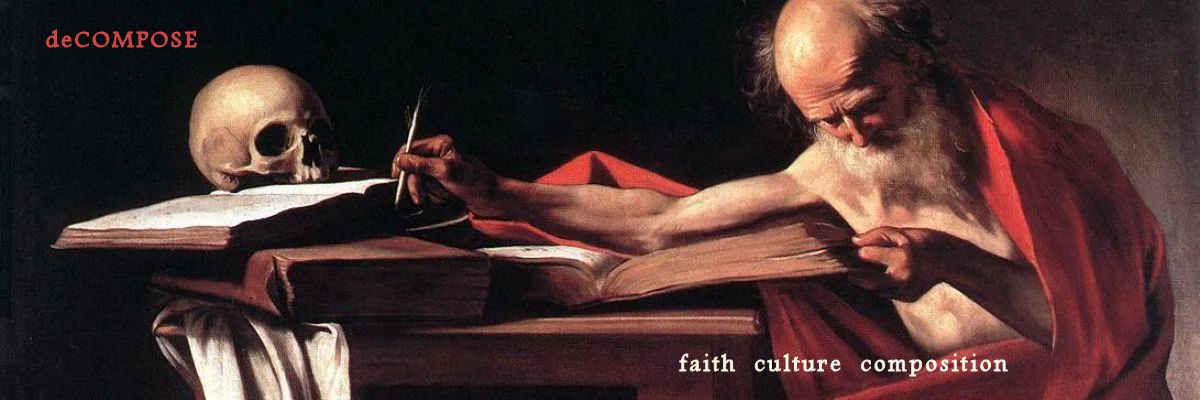


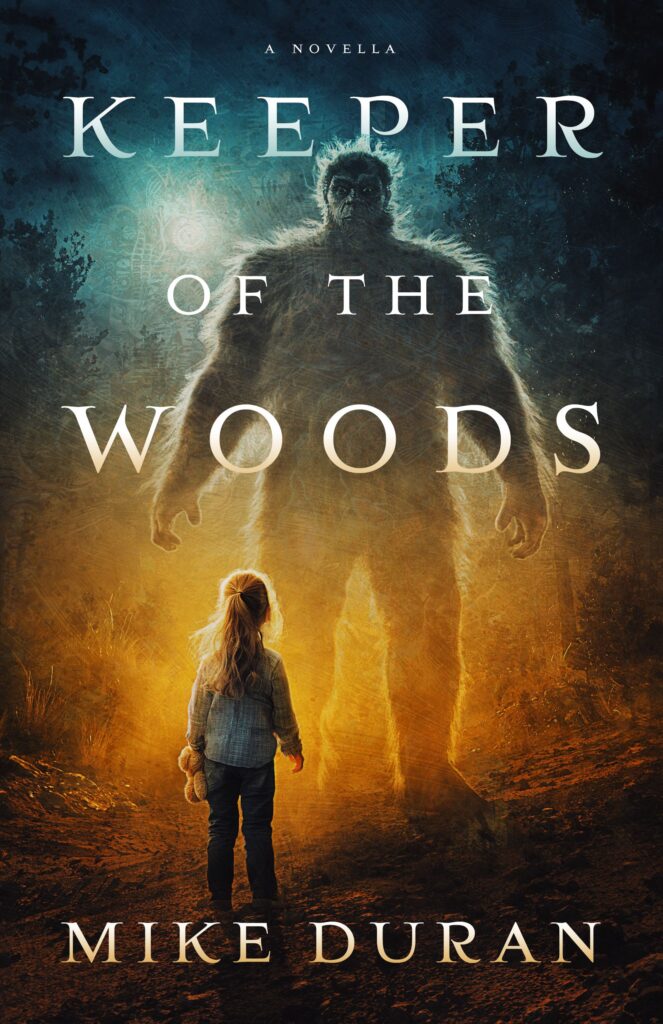
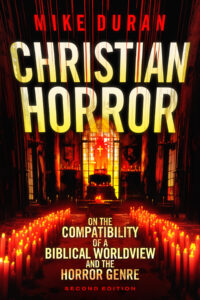
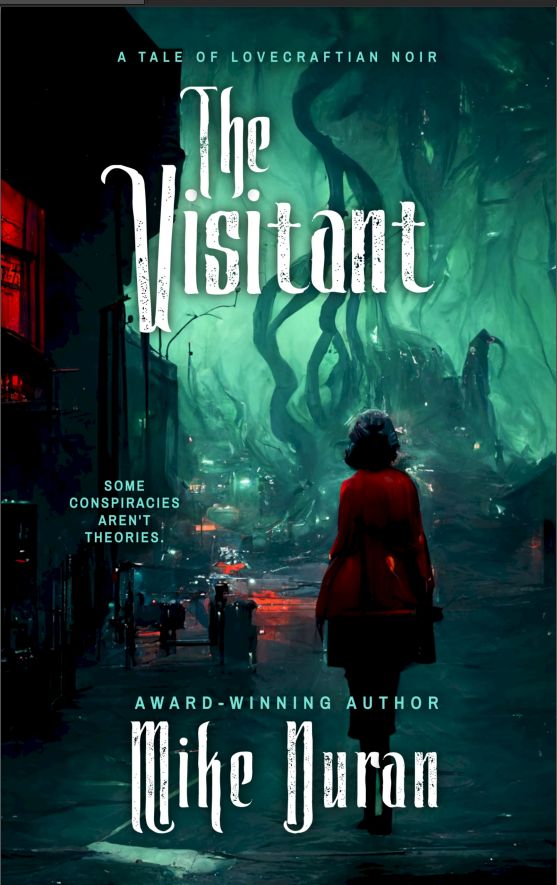

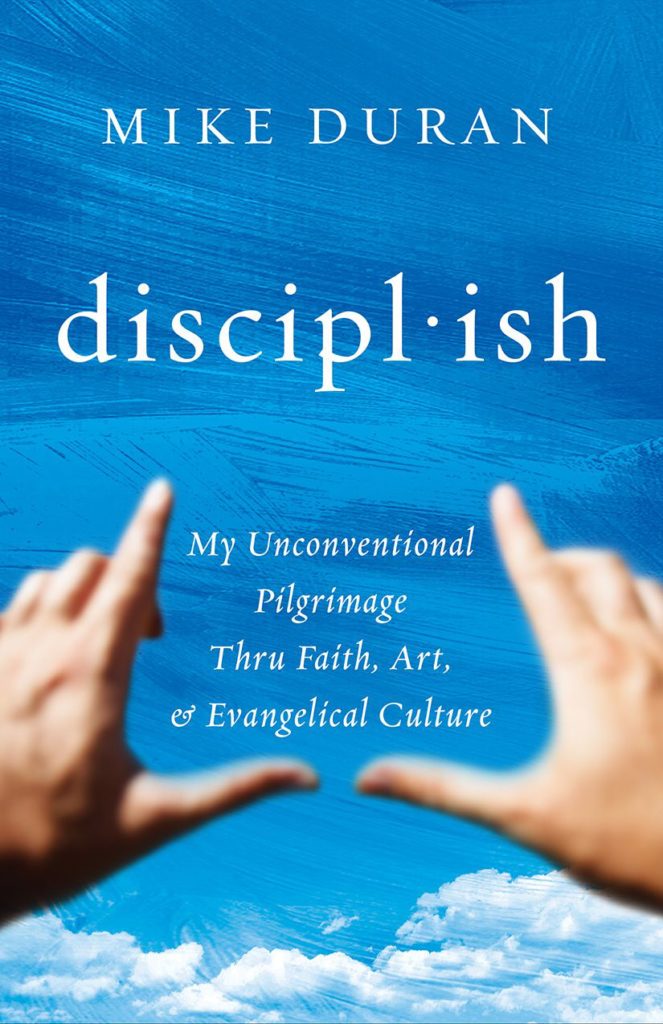
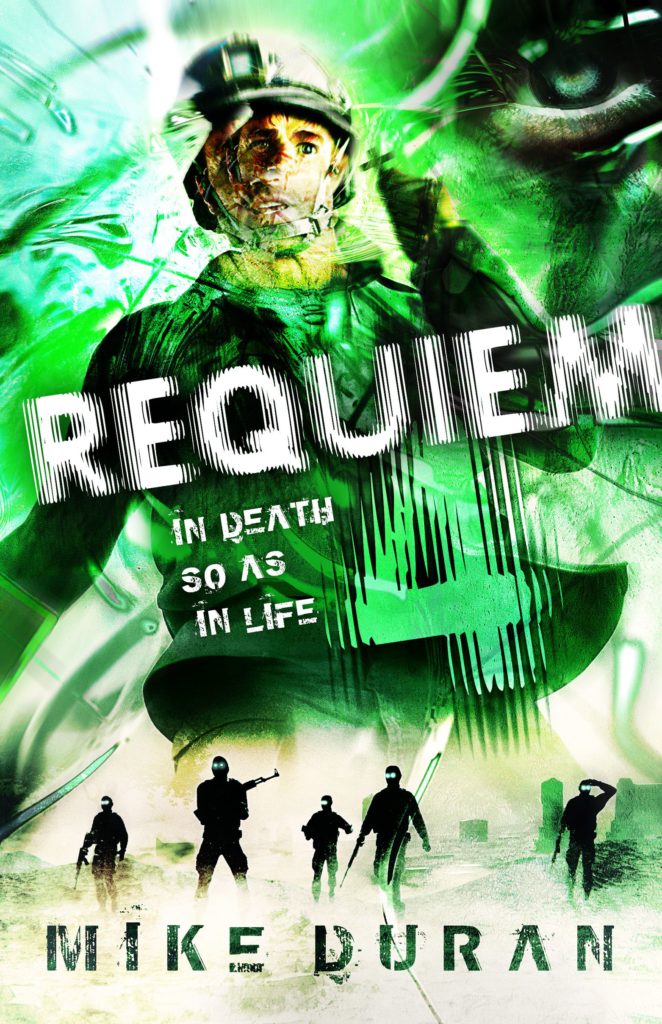
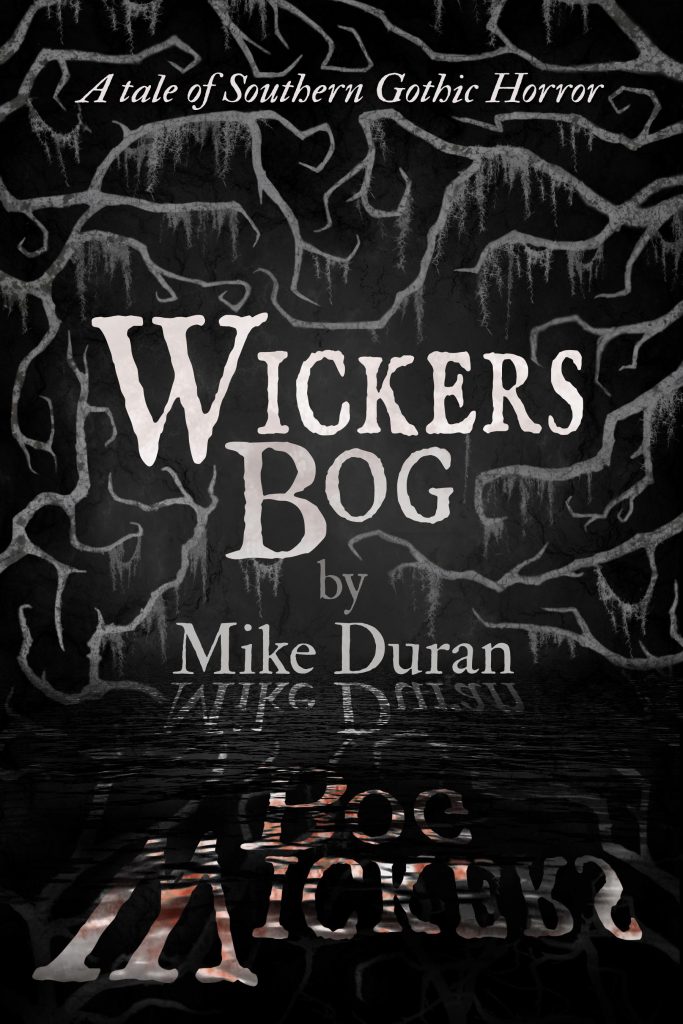
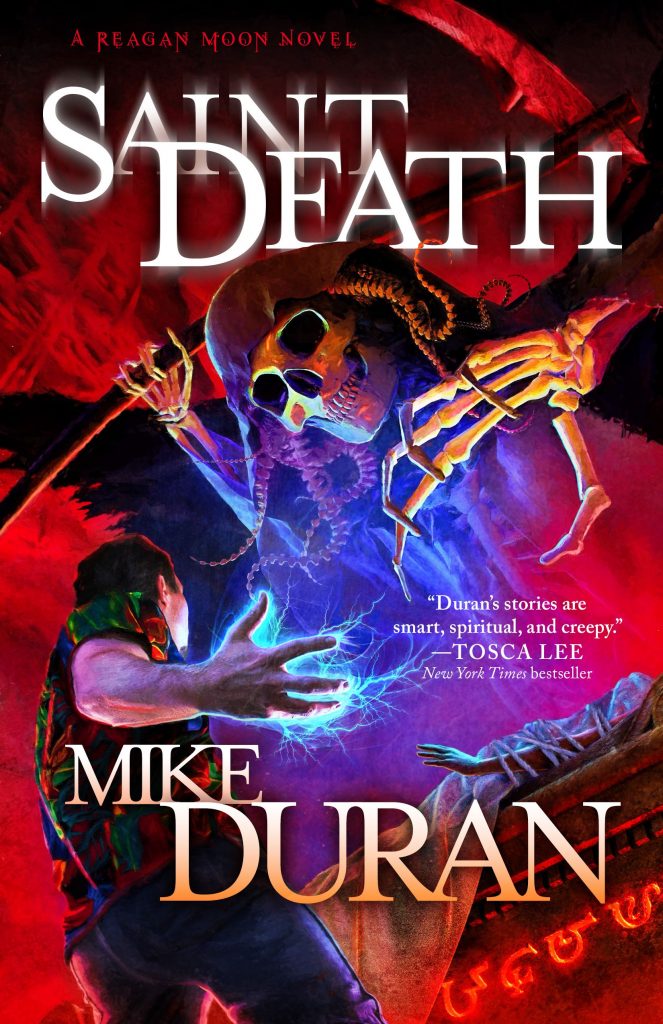
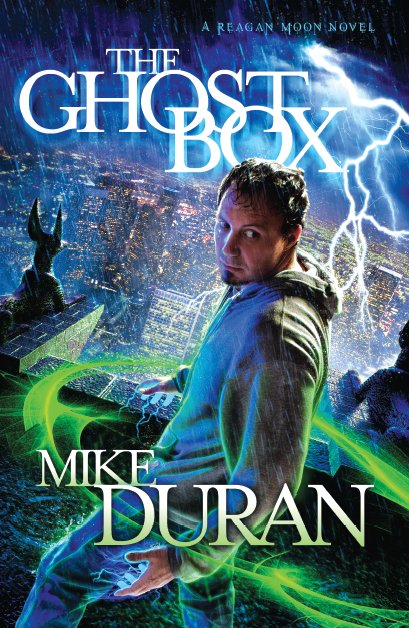
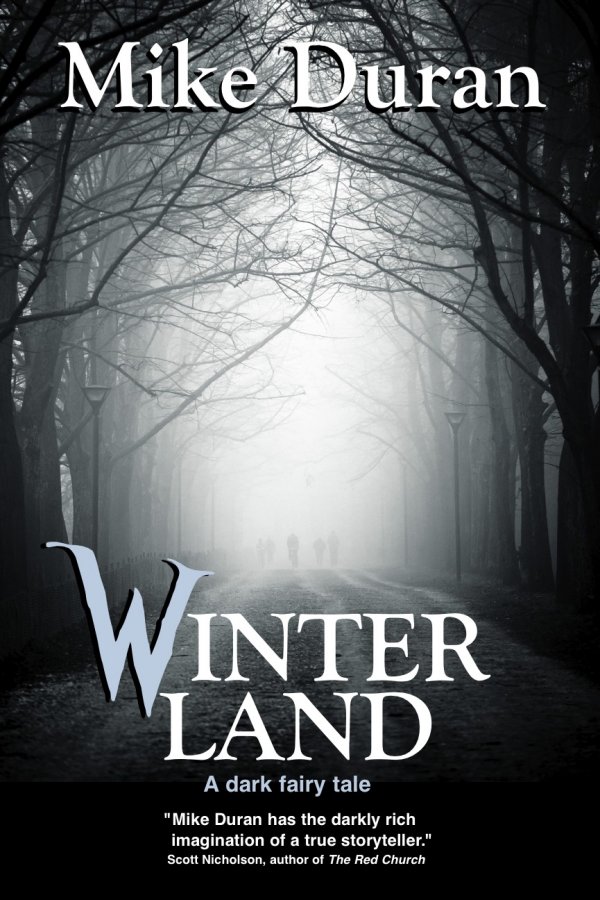
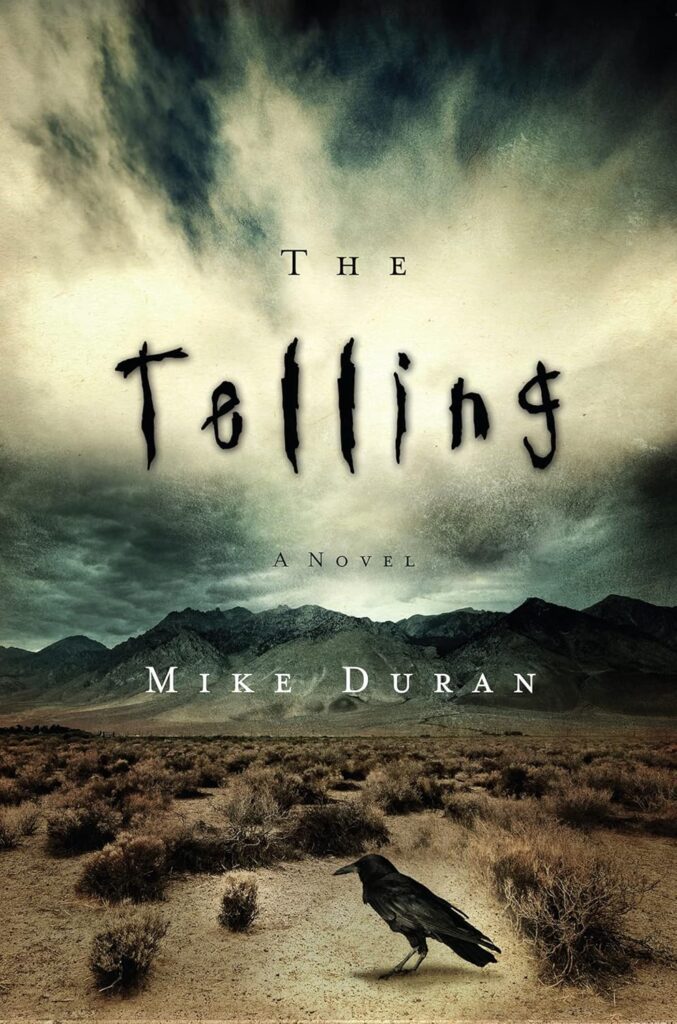
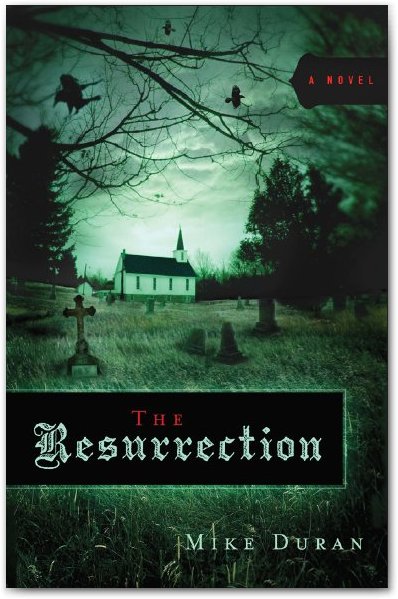
As a phrase that aptly fits: truth will out. The Truth will always come out thus says the Author of the Good book.
The worry-warting from American church leaders just shows how badly they are invested in maintaining the current system. Which god are they serving?
But anyways, Qanon (whether or not it was truly invested into by lay evangelicals) was likely controlled opposition for a handy blanket condemnation on all conspiracy theories. Yes, a lot of conspiracy theories are baldly incorrect but it’s not as if official explanations are correct. It nearly 100% is incorrect, intentionally or not.
It doesn’t help that the Smith-Mundt Act was repealed; we’re now willfully (mis)directed any which way the government (CIA) pleases, and we all know people don’t care enough about something to think more than half a minute about it. It also doesn’t help that Google doesn’t autocomplete “smith-mundt obama” while other search engines happily provide.
Can you tell I have opinions?